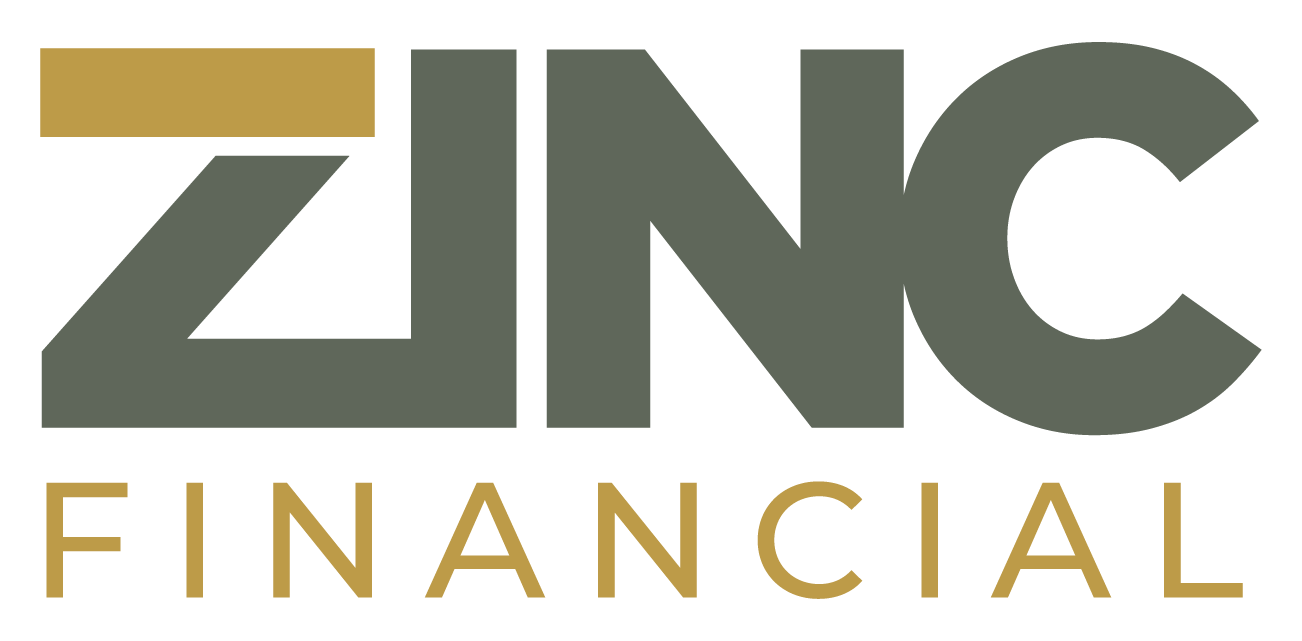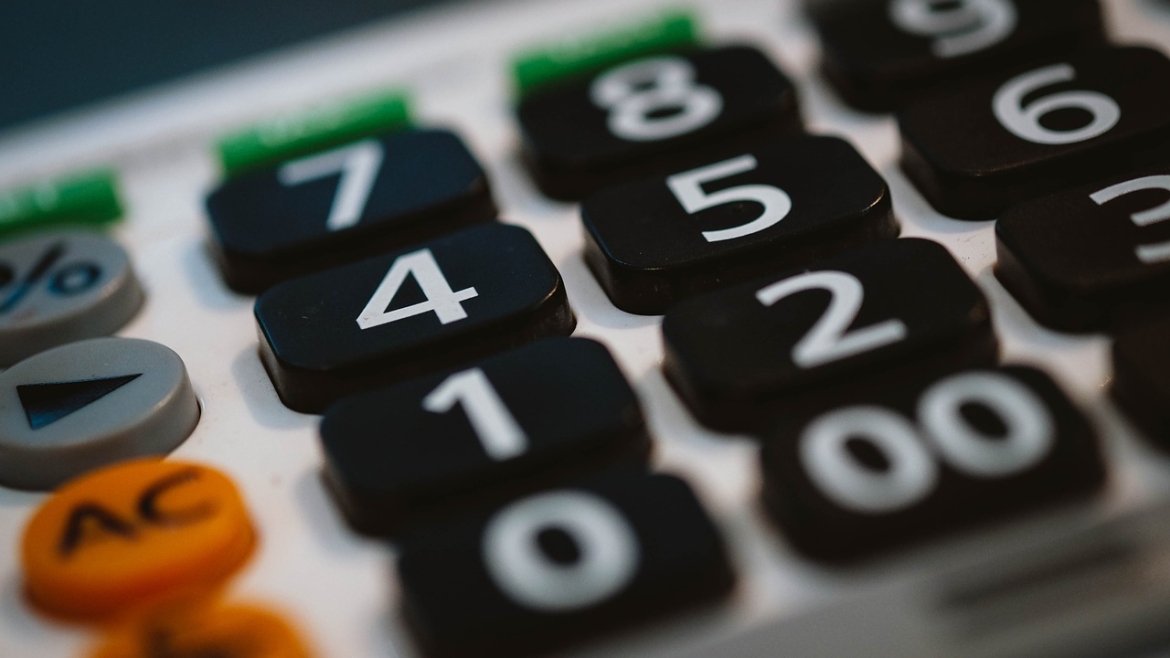Following these steps can help you determine how much house flip you can afford.
- Determine how much you have to invest.
Take a look at your current investments and determine how much money you can comfortably put into a house flip. Remember that you should never invest more than you can afford to lose. If you plan to use house flipping loans to finance your flip – which has become an increasingly popular and effective option – plan to put down at least 20% of the initial purchase price yourself.
- Research the homes in the neighborhood you want to invest in.
Look at homes that have sold recently in the neighborhood that you’re considering. From the features of the homes and the sale prices, determine what you could expect the after-repair value (ARV) of a rehab home in the area to be. Also try to determine how much you would need to spend on renovations in order to get a rehab home in the area up to value. This is a good time in the process to talk to a contractor – or a few, if you haven’t yet found one that you want to work with.
- Use the 70% rule to determine how much house you can afford.
In house flipping, the 70% rule can be a helpful tool for setting your overall budget. Multiply the ARV by 0.70 and subtract your expected renovation costs from that number. The number you’re left with is the maximum that you should pay for a rehab home in the area.
For example, say rehabbed homes in your area are selling for about $200,000 after investors put about $30,000 of renovations into them. Seventy percent of $200,000 is $140,000. Subtract $30,000 from that figure, and you’re left with $110,000. Therefore, $110,000 is the maximum that you should pay for a rehab home in the area in order to make a reasonable profit. If you use residential rehab loans, that means you’ll need to make a down payment of about $22,000.
This isn’t a hard and fast rule, but it can be quite helpful for starting your budget.
- Remember to account for other costs.
Aside from the purchase price and the renovations, remember that there are a variety of other costs that go into flipping a house. Be sure to budget in the closing costs of the sale, insurance costs, temporary ownership costs, loan points and other financing costs, and a buffer of at least $5,000 for unknown costs and delays. Adding in all of these costs will help you determine your break-even point.
- Show your budget to someone you trust.
The main thing to understand about creating a budget for your first fix and flip project is that you shouldn’t go it alone. You can make a first draft of your budget based on helpful articles (like this one), but then you absolutely need to show your budget to people that you trust, ideally people with a lot of experience flipping houses. Rehabbing homes can be a wonderful investment opportunity, but if you make critical mistakes in your budget, you could set yourself up for failure.
Feel free to give ZINC Financial a call at (559) 326-2509 anytime to discuss your next project, get your questions answered, or learn more about our rehab loan programs.


